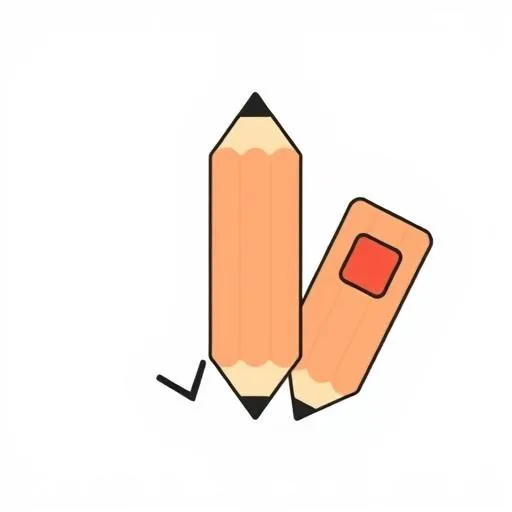Ever watched a child light up when they finally grasp a tricky concept? That spark of understanding—it’s pure magic. You know that after-school juggle? Now, imagine if every student could experience that more often, thanks to a little technological help. That’s exactly what’s happening as teachers nationwide welcome AI into their classrooms, not as a threat, but as a partner in education. From crafting tailored lessons to shaving off hours of admin work, they’re finding clever ways to make learning more engaging and efficient. Let’s dive into how this shift is reshaping education—and why it’s giving everyone reason to hope.
How Does AI Give Teachers More Time for What Truly Matters?
Picture this: a teacher, after a long day, finally has time to breathe—maybe even leave work on time. Sounds like a dream, right? Well, it’s becoming reality for many educators. According to a recent poll, teachers using AI weekly save nearly six hours a week—that’s like gaining an extra six weeks per school year! They’re calling it the “AI dividend,” and it’s a game-changer.
Tools like MagicSchool AI let instructors upload materials and generate rubrics, worksheets, and even report-card comments in minutes. Instead of drowning in paperwork, teachers can focus on what they do best: connecting with students. It’s like having a helpful assistant handle the tedious stuff, freeing up energy for those heart-to-heart moments that make learning stick.
And here’s the beautiful part—this isn’t about replacing the human touch. It’s about making their impact stronger. When teachers have more time, they can offer detailed feedback, create personalized lessons, and even email parents with updates that feel genuine and thoughtful. It’s a win-win for everyone involved.
Tackling Fears with Empathy and Training

Change can be scary—especially when it involves technology that feels unfamiliar. Many educators initially worried about AI, from data privacy to biases hidden in the tools. But schools are stepping up, focusing first on addressing those fears with empathy and practical training.
In interviews, district leaders shared that they’re taking a “do-it-yourself” approach to teacher training, often because external partners were hard to find. They start by listening to concerns, then gradually introduce AI as a supportive tool, not a replacement. It’s a lot like teaching a kid to ride a bike: you start with training wheels, offering reassurance until confidence grows.
This step-by-step approach is paying off. Teachers who once hesitated are now discovering how AI can reduce burnout and spark creativity. By tackling fears head-on, schools are building a foundation of trust—and that’s where real innovation begins.
How Can AI Provide Personalized Learning for Every Student?

Remember struggling in a class where the pace felt too fast—or too slow? AI is helping to change that. With tools like AI tutors, students get “true personalization at scale,” as one educator put it. Imagine a classroom where each child receives one-on-one attention, tailored to their unique needs and learning style.
For example, AI can modify materials to support multilingual learners or adjust worksheets for different skill levels. It’s like having a personal guide for every student, ensuring no one gets left behind. And when learning feels more accessible, engagement soars. Kids aren’t just memorizing facts; they’re building confidence and curiosity.
This shift isn’t about making education easier—it’s about making it more effective. By meeting students where they are, teachers can foster deeper understanding and a genuine love for learning. And isn’t that what we all want for our kids?
Practical Steps for Parents and Educators

So, how can we support this exciting evolution? Here are a few ideas to try—whether you’re a teacher, parent, or simply someone who cares about education:
- Start small: If you’re new to AI, pick one tool to explore. Maybe it’s generating a fun quiz for homework or using AI to brainstorm creative project ideas.
- Focus on ethics: Talk with kids about using AI responsibly—like how to cite sources or think critically about the information they receive.
- Embrace the human element: Use saved time for more conversations, outdoor play, or hands-on activities. Balance is key!
- Stay curious: AI is always evolving, so keep learning alongside your students. It’s a journey we’re all on together.
These steps aren’t just practical—they’re hopeful. They remind us that technology, when used with heart, can enrich our lives and strengthen our communities.
A Brighter Future, One Classroom at a Time

As we look ahead, it’s clear that AI isn’t going away—and that’s a good thing. When integrated thoughtfully, it has the power to transform education into something more inclusive, efficient, and inspiring. Teachers are leading the charge, showing us how to blend innovation with compassion.
Think of it like tending a garden: with the right tools and care, every student can bloom. And as these changes unfold, we’re not just preparing kids for the future; we’re giving them the skills to shape it with kindness, creativity, and hope.
So here’s to the educators embracing this new chapter—and to all of us cheering them on. Together, we’re building a world where every child has the chance to shine.
Source: Back to school: Teachers adopt new methods to tackle AI, CoinTelegraph, 2025/09/08 13:47:19
